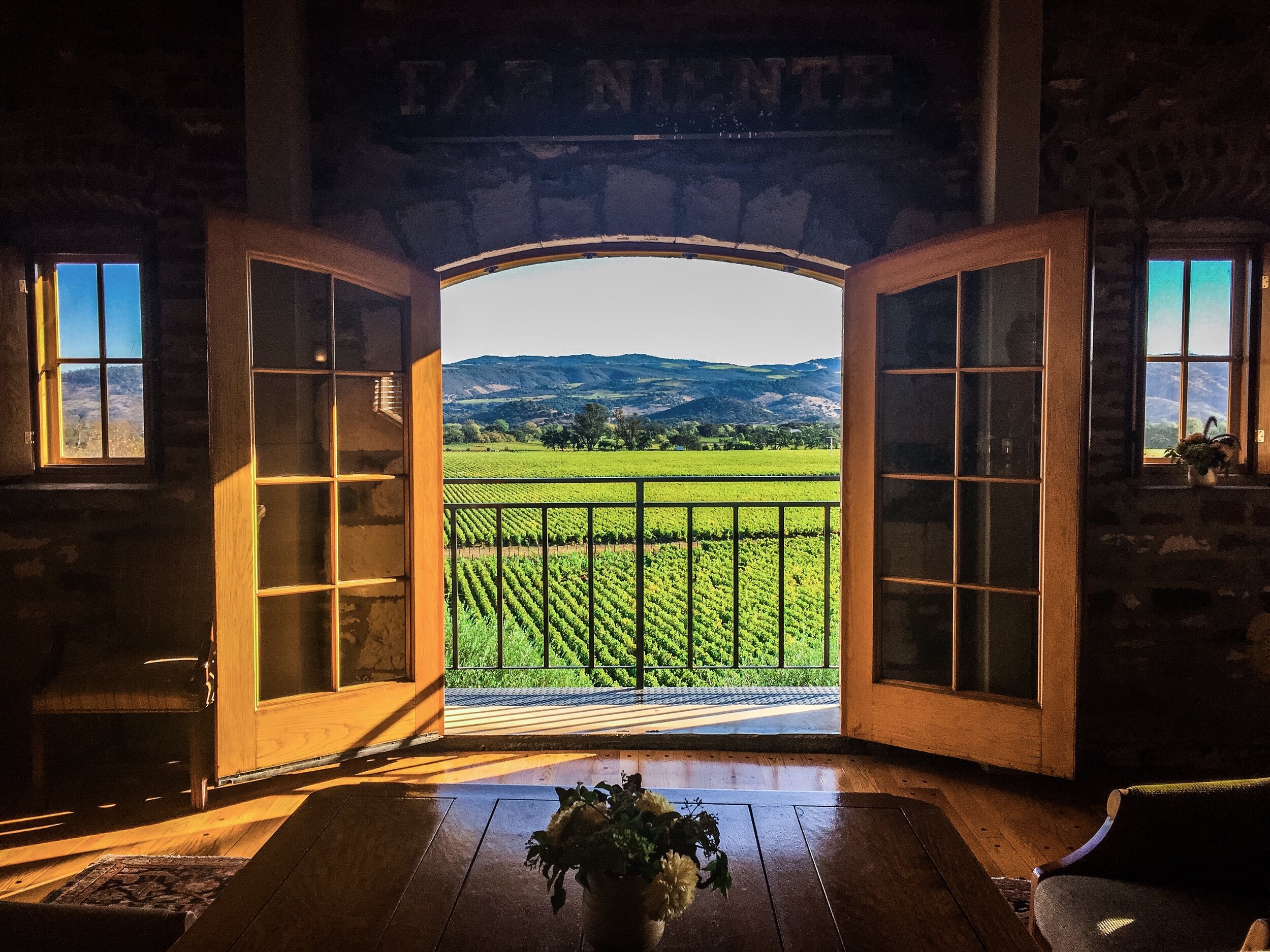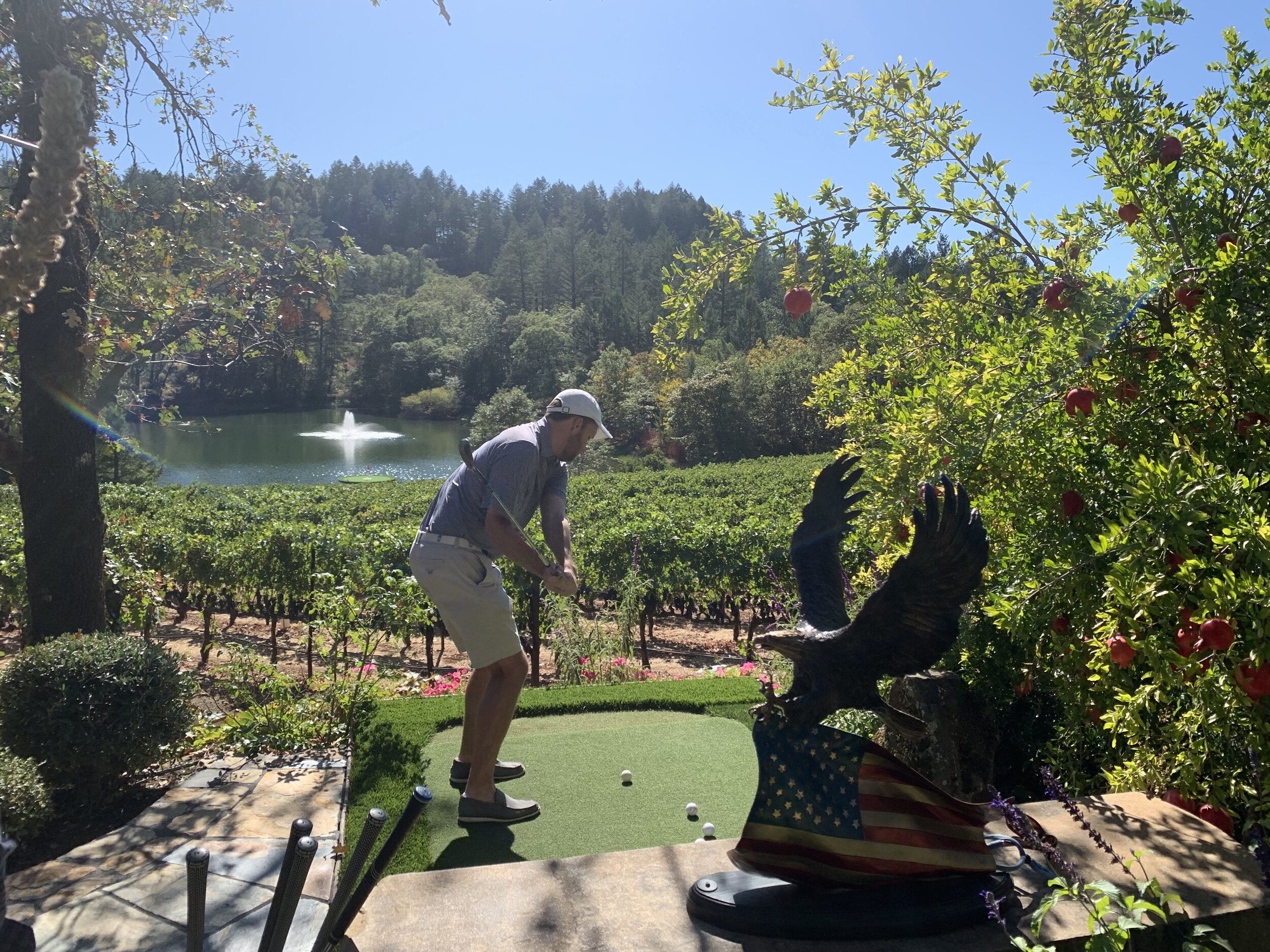






If you’ve ever had a Cabernet Sauvignon from Napa that knocked your socks off, there’s a decent chance it came from the Oakville AVA. California makes some of the best wines in the world, and it all started in this tiny little Napa County town way back in the 1860’s.
History
In 1868 Hamilton Crabb left Ohio for California and purchased just over 100 acres of land in Oakville. He planted some grapes and began producing his own wines. He named his parcel of land To-Kalon, which means “highest beauty” in the Greek language.
In 1873 John Benson purchased over 400 acres in Oakville, and established the Far Niente Vineyard in 1877, which means “to do nothing” or “without a care”.
Here’s the part of the story more people are familiar with; In 1966 Robert Mondavi showed up and things reallystarted to take off. He built his gorgeous winery in the California Mission style of architecture, and it is easily one of the most recognized wineries in the Valley.
This was a big deal, because even though lots of small wineries had popped up here and there during the 50’s and 60’s, Mondavi’s arrival was a declaration to the wine industry that Napa Valley wines were now a force to be reckoned with. The AVA was officially designated in 1993.
Climate and Soil
The climate in Oakville is uniquely influenced by several different things. Cool ocean air meets with warm dry air, creating a Mediterranean climate-perfect for growing quality grapes. It gets that hot Napa Valley sun, but when the temperature starts to rise so does the marine breeze, bringing the temperatures right back down.
The soil here is sandy and gravely, which makes for great drainage. There are also parts of the AVA that consist of red clay and loam. Different types of soil make for different types of wines, and there is a rich array of finely nuanced wines that stem from this AVA.
Grapes
This is the land of Cabernet Sauvignon, as well Cabernet Franc. Oakville is right in the middle of the Valley, so you get some grapes from the cooler climate, and some from the warmer climate-you really do get the best of both worlds.
This is the AVA you want to visit if you are a lover of Cabernet. Many of the wineries in the Oakville AVA include Nickel & Nickel, Far Niente, Opus One, Robert Mondavi Winery, Screaming Eagle, Miner Family, Cardinale, Gargiulo, Ghostblock, Harlan Estate, Hoopes Vineyard, Futo, Dalla Valle, Silver Oak, Turnball, Bond, Bevan, B Cellars, Plumpjack, Saddleback Cellars…the list goes on & on.
Oakville Wineries:
Nickel & Nickel, Far Niente, Miner Family, Saddleback Cellars, The Vineyard House, Cardinale, Robert Mondavi, Screaming Eagle, Opus One, Promontory, Groth, Silver Oak, B Cellars, Gamble Family, Turnbull, 1881, Gargiulo, Ghost Block, Plumpjack, Paradigm, Rudd.
We’ll be visiting Miner Family Vineyard next week, and we can’t wait to tell you all about it! – Lea Gourley









